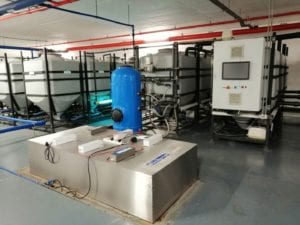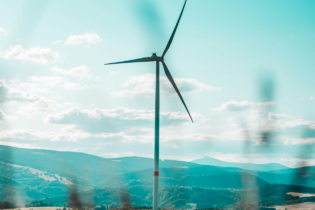As an advocate for clean, green, reliable, and economical energy solutions, ABSA has made its campus in central Johannesburg self-sufficient, thanks to a world-class energy centre and grey water plant.
Clean energy
Absa’s Energy Centre is the first site in the world where gas and diesel generators are synchronised, creating enough energy to power up to 2 800 houses. The bank’s inner city power generation plant can generate the maximum demand for the entire campus – 11.2 MW from gas-powered engines that is 70% cleaner for the environment in comparison to the national electricity utility and 6 MW of emergency backup from diesel units. The plant has run in the underbelly of one of the buildings since 2010 and is now paid off. There is also enough space available to double its generation capacity in future if necessary. The set up powered 12 000 Absa employees during 2015 when the bank made a business decision to go off the national grid, and also provides business-as-usual conditions during the current load shedding experienced by the country.Water recycling
Absa also has two of the largest grey water plants in the country, in office blocks Towers West and North, which can collectively recycle up to 22 million litres of water a year. The grey water plants, which cost around R7 million each, have already paid themselves off. “We collect water from the office basins and showers, it is filtered, and UV lights are used to kill bacteria. It is then pumped into holding tanks and used to flush toilets,” says Aveshen Moodley, Absa’s Vice President of Environmental Sustainability. “It is an energy intensive process, but in an increasingly water scarce world one that pays huge dividends.”Johannesburg CBD has a high water table which seeps into the building basements. “We do water quality sampling to see if it’s fresh water, because this can be used within our grey water system,” Moodley says.
Waste heat created by the gas engines is used to heat water for washing dishes and showers, as well as heating the buildings via underfloor heating.







